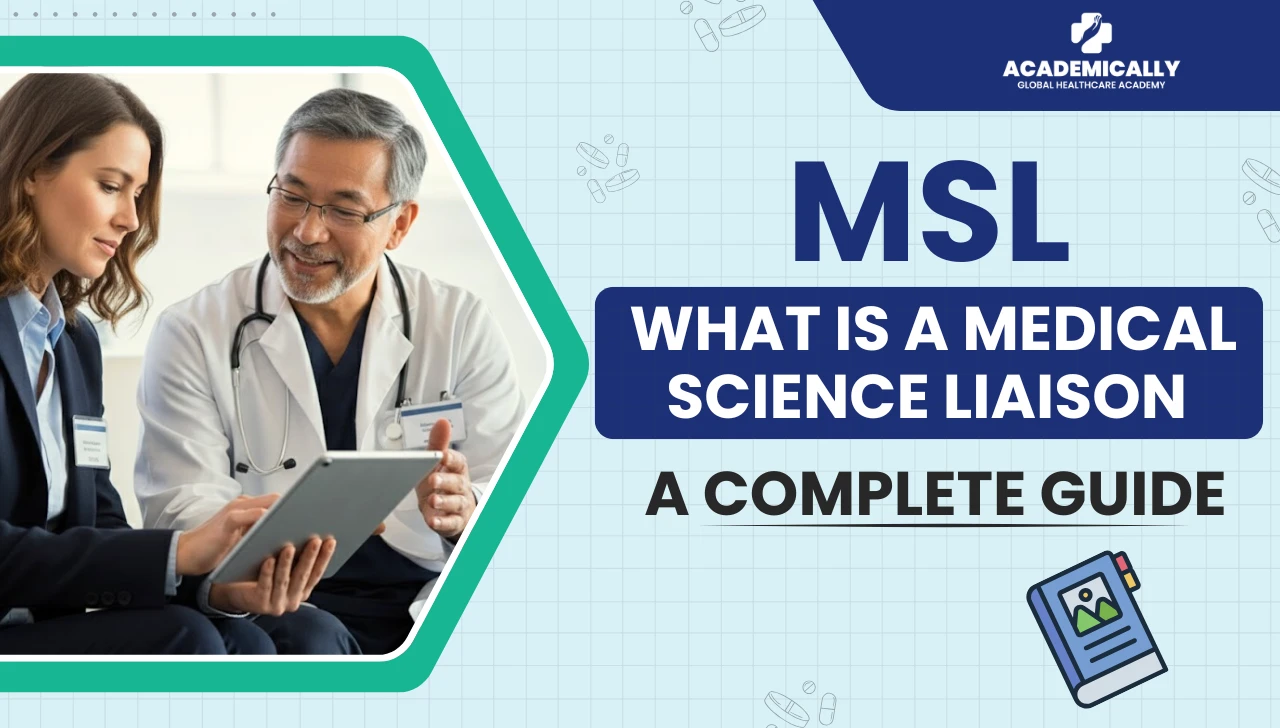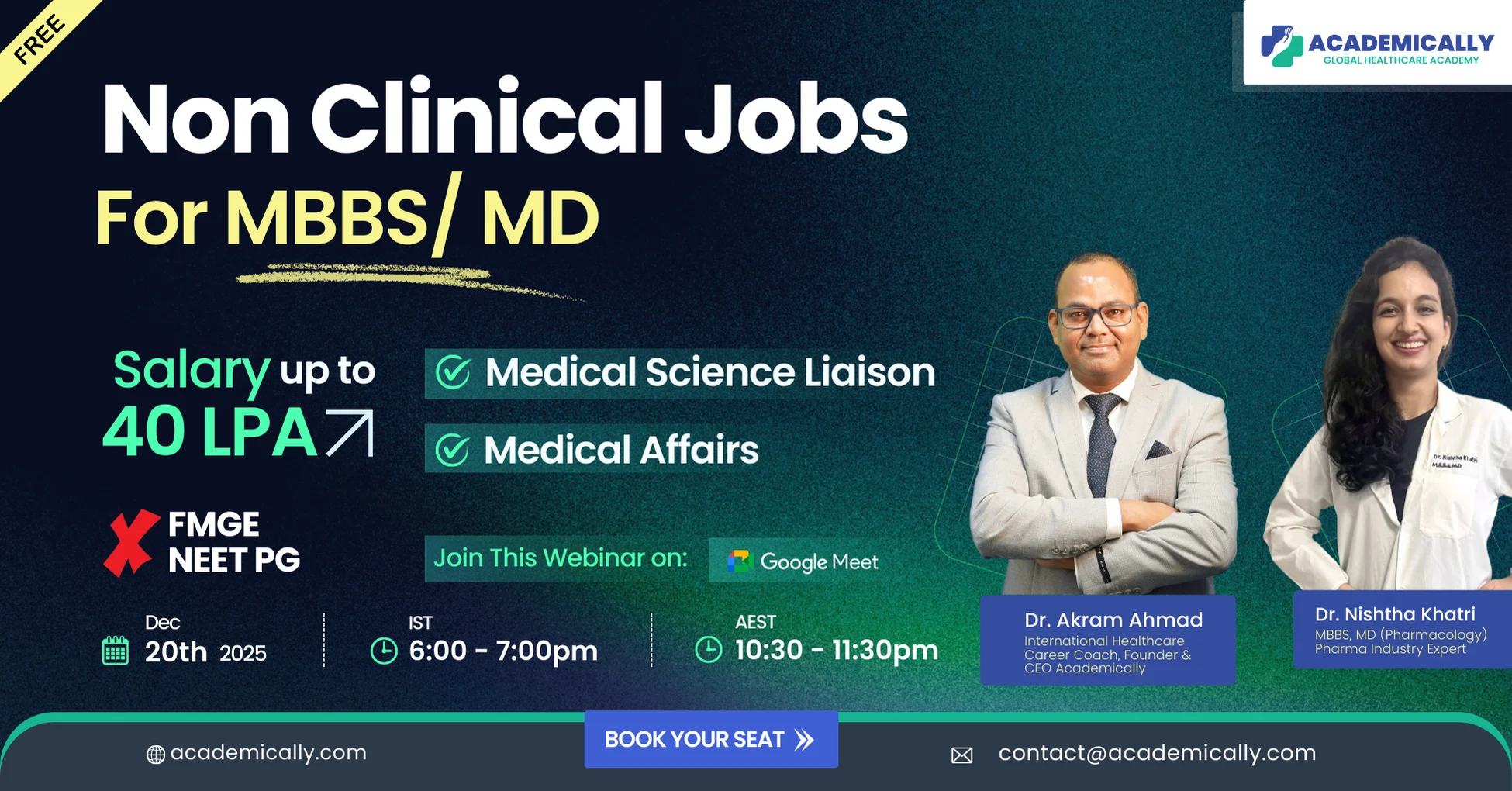Pharmacovigilance is the backbone of drug safety, the system that ensures medicines are not just effective but also safe for the millions who depend on them. Whether you’re a fresher aiming for your first PV job or a professional moving into a senior role, interviews test how well you understand real-world pharmacovigilance concepts, not just what’s in the textbook.
Here are 20 of the most commonly asked pharmacovigilance interview questions, along with practical, easy-to-understand answers that show both knowledge and clarity.
1. What is Pharmacovigilance?
Answer:
Pharmacovigilance (PV) is the science and activities related to identifying, assessing, understanding, and preventing adverse effects or any other drug-related problems. In simple terms, it ensures that the benefits of a drug outweigh its risks.
It involves collecting and analyzing data from clinical trials, post-marketing surveillance, and spontaneous reports to detect any safety signals and prevent future harm to patients. The ultimate goal is patient safety and continuous monitoring of drug performance in the real world.
2. What is an Adverse Drug Reaction (ADR)?
Answer:
An ADR is a harmful, unintended, and undesired effect of a drug that occurs at normal doses used for prevention, diagnosis, or treatment.
For example, a patient taking an antibiotic developing severe skin rashes — that’s an ADR. It’s important because ADRs can reveal safety issues not seen during clinical trials, leading to label changes, warnings, or even drug withdrawal if serious.
3. What is an Adverse Event (AE)?
Answer:
An Adverse Event is any undesirable experience that occurs after taking a drug, whether or not the drug is actually responsible.
For instance, if someone on a headache medication gets the flu, that’s still recorded as an AE, even though the flu isn’t caused by the medicine. Every AE must be documented and analyzed to rule out or confirm drug-related risks.
4. What’s the Difference Between an ADR and an AE?
Answer:
The key difference lies in causality:
- AE: Any unwanted event after drug use, with or without a proven link to the drug.
- ADR: A confirmed or probable reaction where the drug is suspected to be the cause.
So, every ADR is an AE, but not every AE becomes an ADR.
5. What is a Serious Adverse Event (SAE)?
Answer:
An SAE is any adverse event that results in:
- Death
- A life-threatening condition
- Hospitalization or prolonged hospitalization
- Disability or permanent damage
- Birth defects or congenital anomalies
SAEs must be reported to regulatory authorities within strict timelines (usually 7 or 15 days) to ensure prompt investigation and response.
6. What is a Signal in Pharmacovigilance?
Answer:
A signal is information that suggests a new or previously unrecognized link between a drug and an adverse event. It doesn’t confirm causality but indicates the need for further analysis.
For example, if multiple reports show that a new diabetes drug is associated with unusual liver enzyme elevations, that trend could be a signal. Detecting signals early helps regulators act before more patients are affected.
7. What are the Key Databases Used in Pharmacovigilance?
Answer:
Common PV databases include:
- Argus Safety – widely used for global case management.
- ArisG – one of the oldest and most trusted systems.
- VigiBase – the WHO global database for collecting worldwide ADR data.
These databases help companies record, track, and analyze safety information efficiently and meet regulatory requirements.
7. What is Causality Assessment?
Answer:
Causality assessment determines whether there’s a reasonable relationship between a drug and the reported event. It considers:
- Temporal relationship: Did the event occur after taking the drug?
- Dechallenge/Rechallenge: Did symptoms improve after stopping the drug and return when reintroduced?
- Alternative causes: Could other conditions or drugs explain it?
Accurate causality assessment prevents false alarms and ensures genuine safety issues are identified.
8. What are Expedited Reports?
Answer:
Expedited reports are serious and unexpected adverse event cases that must be reported to regulatory authorities within defined timelines.
- 7-day reports for fatal or life-threatening events
- 15-day reports for other serious, unexpected events
These reports ensure urgent safety issues are identified and addressed without delay.
9. What is a Periodic Safety Update Report (PSUR)?
Answer:
A PSUR is a detailed document that summarizes a drug’s global safety data over a specific period (usually every 6 months or annually). It provides a cumulative view of ADRs, literature findings, and any new safety concerns.
Regulators use PSURs to decide whether the drug’s safety profile remains acceptable.
10. What is the Difference Between PSUR and PBRER?
Answer:
The PBRER (Periodic Benefit-Risk Evaluation Report) evolved from the PSUR format.
While PSUR focused mainly on safety, PBRER also includes benefit–risk evaluation, offering a more holistic view of how the drug’s benefits balance against its risks in real-world settings.
11. What are the Phases of Clinical Trials Related to Pharmacovigilance?
Answer:
- Phase I: Tests safety, dosage, and pharmacokinetics in small groups.
- Phase II: Studies efficacy and side effects in patients.
- Phase III: Confirms effectiveness and monitors adverse reactions.
- Phase IV: Post-marketing surveillance — the most critical phase for pharmacovigilance since it collects real-world data from large populations.
12. What are the Regulatory Authorities Involved in PV?
Answer:
- US: Food and Drug Administration (FDA)
- Europe: European Medicines Agency (EMA)
- UK: Medicines and Healthcare Products Regulatory Agency (MHRA)
- India: Central Drugs Standard Control Organization (CDSCO)
- Global: World Health Organization – Uppsala Monitoring Centre (WHO-UMC)
Each plays a vital role in monitoring, regulating, and communicating drug safety worldwide.
13. What is Risk Management in Pharmacovigilance?
Answer:
Risk management identifies potential drug risks, assesses their likelihood and severity, and outlines strategies to minimize them.
It involves creating Risk Management Plans (RMPs) that specify how a company will monitor and control these risks. RMPs are mandatory for new drugs before and after approval to ensure patient safety.
14. What Skills Are Essential for a PV Professional?
Answer:
- Attention to detail – a single error can affect patient safety reports.
- Medical and scientific knowledge – understanding mechanisms of action and clinical context.
- Analytical thinking – identifying trends and signals.
- Communication skills – writing clear narratives and reports.
- Technical proficiency – working with safety databases and compliance tools.
15. Why Do You Want to Work in Pharmacovigilance?
Answer:
A thoughtful answer goes beyond “I want a job.” You can say:
“I’m passionate about ensuring patient safety and fascinated by how data can improve healthcare outcomes. Pharmacovigilance allows me to contribute to safer medicines while applying my analytical and scientific skills to make a real-world difference.”
16. What is SUSAR?
Answer:
SUSAR stands for Suspected Unexpected Serious Adverse Reaction. Think of it as a “red alert” in pharmacovigilance. It’s a serious ADR whose nature or severity is not expected based on the drug’s known safety profile.
For example, if a patient develops a rare heart complication from a medication that hasn’t been linked to heart issues before, it qualifies as a SUSAR. These cases are urgently reported to regulatory authorities (usually within 7–15 days), helping protect patients and prevent wider risk exposure.
17. What is Informed Consent?
Answer:
Informed consent is the process of clearly explaining a drug’s risks, benefits, and alternatives to a patient and getting their approval before administering the treatment or collecting personal health data.
It’s not just a signature on a form — it’s an ethical and legal requirement that ensures patients fully understand what they’re agreeing to. In clinical trials or pharmacovigilance studies, informed consent is the foundation of trust and patient safety.
18. How Do You Maintain Patient Confidentiality?
Answer:
Patient confidentiality is a core principle in pharmacovigilance. It’s maintained by:
- Following data protection laws and regulatory guidelines
- Sharing patient information only with authorized personnel
- Using secure channels, encryption, and safe storage systems
Confidentiality ensures that sensitive health data is protected at all times, especially when reporting adverse events or during clinical trials. Simply put, if the patient trusts you with their data, you must safeguard it.
19. What is DSUR?
Answer:
DSUR stands for Development Safety Update Report. Think of it as an annual safety report card for drugs still in clinical development.
It summarizes all safety data collected during the reporting period, highlighting trends, risks, and any new adverse events. The goal is to give regulators and sponsors a comprehensive overview of a drug’s safety before it hits the market.
20. Which Form is Used for Mandatory Reporting in the US FDA?
Answer:
In the United States, the FDA uses MedWatch Form 3500A for mandatory adverse event reporting.
This form is used to capture serious ADRs, unexpected events, and safety concerns, allowing both healthcare professionals and manufacturers to report cases directly to the FDA. Timely reporting ensures rapid evaluation and regulatory action if needed.
Final Thoughts
Pharmacovigilance isn’t just about monitoring drugs it’s about protecting lives. These interview questions cover the foundations every PV professional should master. Approach each one not as a memory test, but as proof of your understanding of why pharmacovigilance matters.
If you want to turn this knowledge into a confident career move, explore Academically’s Pharmacovigilance Certification Course designed to give you hands-on training, real case studies, and industry-level interview preparation.




